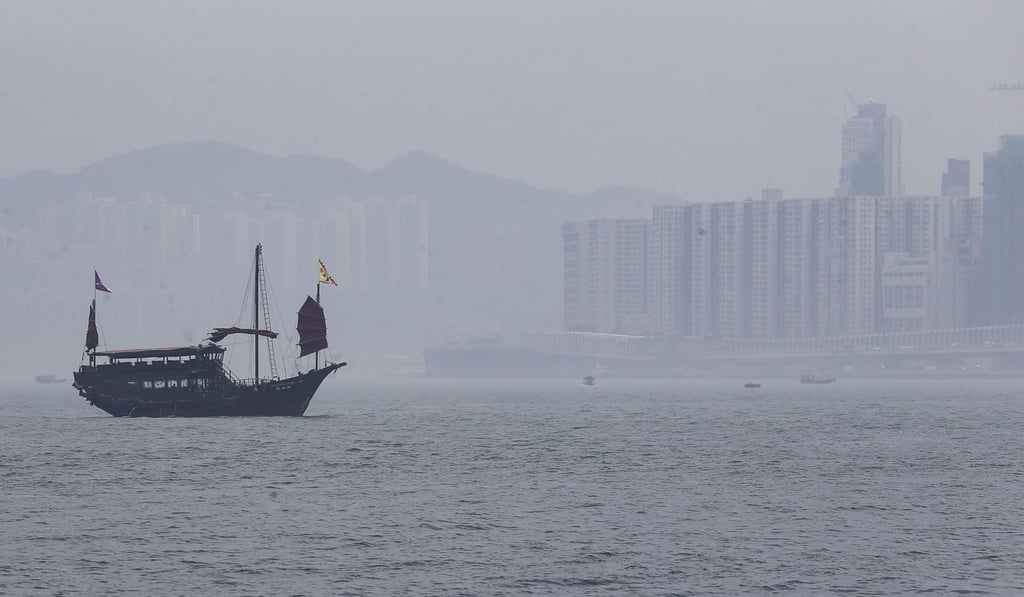Ground-level ozone: the invisible, deadly pollutant undermining Hong Kong’s quest for clean air
The city’s air quality is getting better, but a hidden, lesser-known concoction is lurking that has scientists and policymakers scratching their heads

On the surface, efforts to improve air quality in Hong Kong have paid off, and the government’s Environmental Protection Department earlier this year furnished the figures to prove it.
Between 2013 and last year, average concentrations in the air of major pollutants such as tiny particulates of nitrogen dioxide and sulphur dioxide plummeted by between 28 and 36 per cent.
Yet the city is still choking, and one cause is an invisible, lesser-known pollutant lurking in the lower atmosphere, vexing policymakers and scientists who seek a solution: ground-level ozone.
This variety of ozone differs from the high-level toxic gas in the upper atmosphere that shields the Earth from the sun’s powerful rays.

While initiatives to control other major pollutants have yielded results, local ozone pollution has surged 20 per cent since 2013, hitting a two-decade high.
From an annual average concentration of 25 micrograms per cubic metre of air in 1997, the figure had by this June climbed to 45mcg, according to the NGO Clean Air Network.